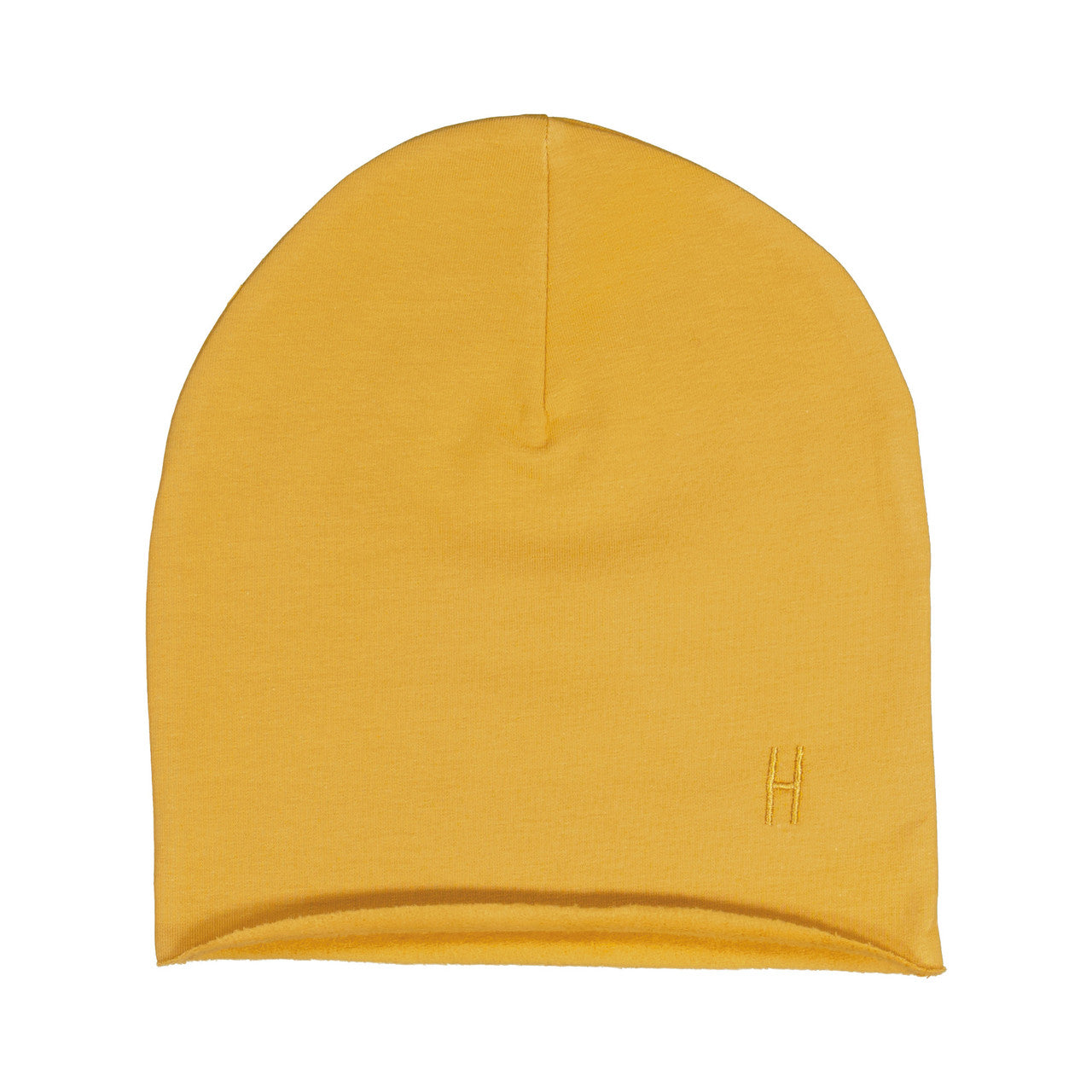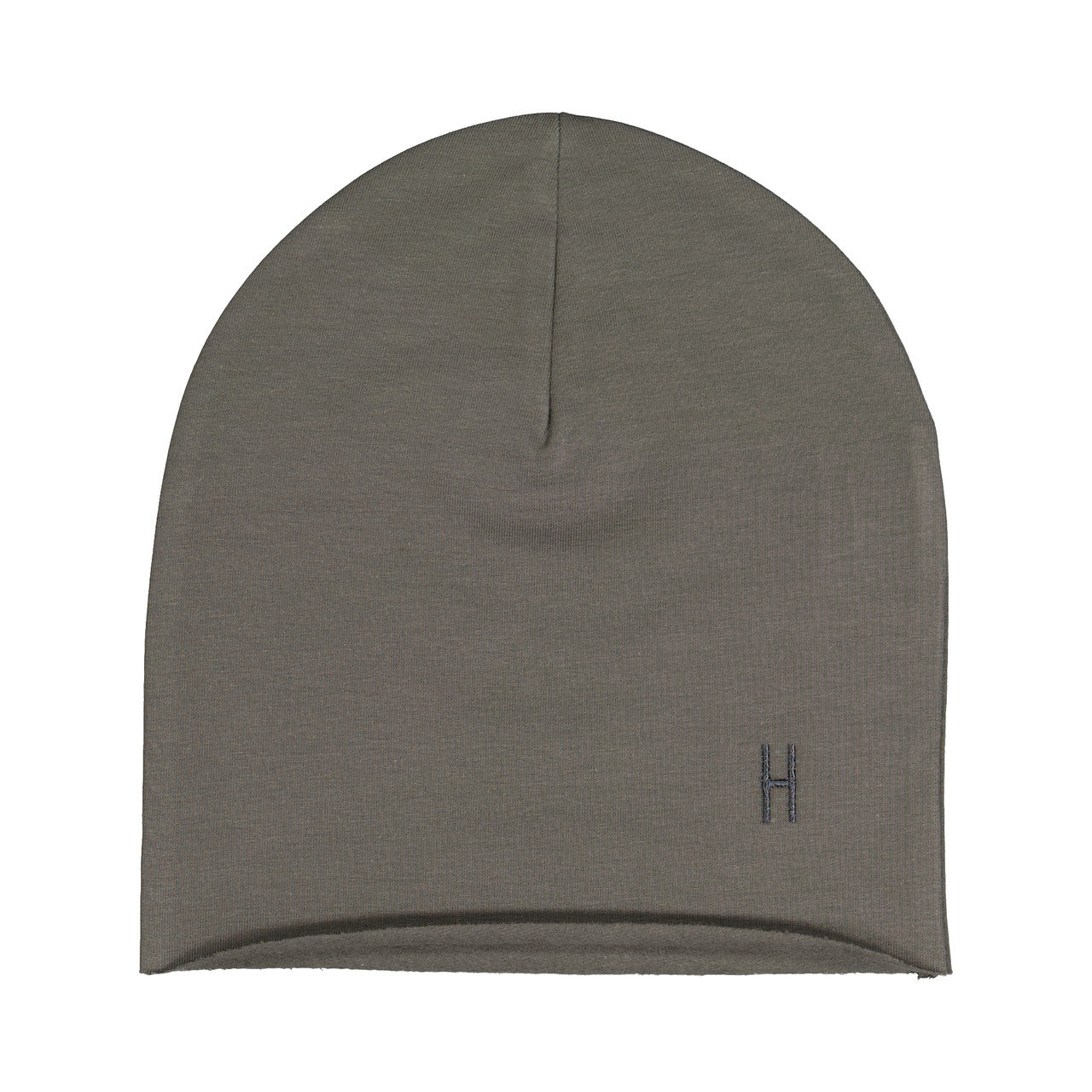A Deep Dive into Fashion, Health, and Sustainability
Endocrine disruptors are chemicals that interfere with the normal functioning of the hormonal system in humans and animals. As awareness grows about the health risks associated with synthetic materials, many parents are asking: Is nylon an endocrine disruptor? Given its widespread use in fashion, including children's clothing, this is a critical question for anyone concerned with both sustainability and health.
Read more: Is Polyester An Endocrine Disruptor?
In this article, we’ll explore whether nylon poses a threat to your hormonal health and how to make more informed, sustainable choices for your family.
Table of Contents:
- What Are Endocrine Disruptors?
- Can Clothes Be Endocrine Disruptors?
- Is Nylon an Endocrine Disruptor?
- Why Are Endocrine Disruptors So Dangerous?
- How to Avoid Endocrine Disruptors in Clothing
- List of Common Endocrine Disruptors
- Sustainable Alternatives to Nylon
- Conclusion
What Are Endocrine Disruptors?
Endocrine disruptors are chemicals that interfere with the endocrine system, which regulates the body's hormones. Hormones control various functions such as metabolism, reproduction, growth, and development. When chemicals disrupt the natural balance, they can cause serious health problems, including infertility, developmental delays, children's growth, and even certain cancers.
Some common endocrine disruptors include chemicals like phthalates, bisphenol A (BPA), and certain pesticides. These substances mimic or block hormones, leading to imbalances in the body.
Can Clothes Be Endocrine Disruptors?
Yes, the clothes we wear can indeed act as endocrine disruptors, especially if they contain synthetic fibers or have been treated with harmful chemicals. Fabrics made from synthetic materials like nylon, polyester, and spandex often undergo chemical treatments during manufacturing. These chemicals can leach into the skin, where they may potentially interfere with the body’s hormonal system.
Children, in particular, are more vulnerable to the effects of endocrine disruptors due to their developing bodies. Since kids' skin is more permeable and sensitive, it is important for parents to consider the materials in the clothing they choose for their families. Here at Little Hedonist, our collections are designed with European organic cotton at their core.
Is Nylon an Endocrine Disruptor?
What is Nylon?
Nylon is a synthetic polymer made from petrochemicals, first developed by DuPont in the 1930s. Its durability, elasticity, and affordability have made it a go-to fabric in various industries, especially fashion. You’ll find nylon in everything from swimwear to outerwear, tights, and even some children’s clothing.
Nylon and Chemical Additives
Nylon itself is not inherently an endocrine disruptor, but the concern arises from the chemicals used in its production. During the manufacturing process, nylon can be treated with a range of chemicals that can be harmful to human health. These include:
- Phthalates: Often used to increase flexibility in synthetic fabrics.
- Flame retardants: Frequently applied to children's clothing for safety reasons.
- Dyes: Some azo dyes, used to color nylon, can release carcinogenic amines.
- PFAS (Per- and Polyfluoroalkyl substances): These chemicals are sometimes added to make nylon water- or stain-resistant. PFAS are known endocrine disruptors.
Studies on Nylon and Health
There is limited research directly linking nylon to endocrine disruption, but given the chemicals it can contain, nylon is certainly a material to be cautious about. One major concern is the leaching of chemicals like phthalates and PFAS, which can enter the body through skin contact or even inhalation.
For example, a 2020 study published in Environmental Science & Technology found that textiles treated with PFAS showed the potential to release these chemicals over time. As PFAS are known endocrine disruptors, it is advisable to steer clear of clothing treated with them, especially for children.
Why Are Endocrine Disruptors So Dangerous?
Endocrine disruptors pose a significant risk because they can interfere with the body's natural hormonal processes. The endocrine system relies on a delicate balance of hormones to regulate many vital functions, including growth, development, metabolism, and reproduction. Disruptors can cause a range of problems, including:
- Developmental Issues in Children: Children are more vulnerable to endocrine disruptors, which can interfere with their physical and cognitive development.
- Fertility Issues: Both men and women can experience fertility problems due to hormonal imbalances caused by endocrine disruptors.
- Cancer: Some disruptors, like BPA and certain pesticides, have been linked to breast, prostate, and other hormone-related cancers.
- Metabolic Disorders: Chemicals that interfere with thyroid function can lead to weight gain, fatigue, and other metabolic issues.
- Neurological Effects: Some disruptors have been associated with developmental disorders such as ADHD and autism spectrum disorder.
How to Avoid Endocrine Disruptors in Clothing
Avoiding endocrine disruptors in clothing requires both awareness and a shift towards more sustainable, chemical-free options. Here are some practical steps:
1. Check Labels for Synthetic Fibers
Fabrics like nylon, polyester, and spandex often contain chemicals that may act as endocrine disruptors. Whenever possible, opt for natural fibers such as organic cotton, bamboo, or linen, which are less likely to be treated with harmful chemicals.
2. Look for Organic Certifications
When shopping for children's clothes, choose brands that carry organic certifications, such as the Global Organic Textile Standard (GOTS), or at the very least, OEKO-Tex. This certification ensures that clothing is free from harmful chemicals and made from organic fibers. Here at Little Hedonist, our cotton carries the GOTS certification at its source and both our organic cotton and our dyes are OEKO-Tex certified!
3. Avoid Chemical Treatments
Be cautious of clothing labeled as "stain-resistant," "flame-retardant," or "waterproof," as these treatments often involve the use of chemicals like PFAS, which can be harmful. Look for untreated natural alternatives.
4. Wash Clothes Before Use
New clothes may contain residual chemicals from the manufacturing process, so washing them before use is a good way to minimize exposure. Use a mild, eco-friendly detergent to further reduce the risk of harmful residues.
5. Research the Brand
Some brands are more transparent about their manufacturing processes than others. Look for companies that disclose their use of chemicals and prioritize sustainability.
Endocrine Disruptors List
There are many chemicals that can disrupt the endocrine system. Here’s a list of common endocrine disruptors that are often found in everyday products, including clothing:
- Phthalates: Used in plasticizers and synthetic fibers to increase flexibility.
- Bisphenol A (BPA): Found in plastics and synthetic materials.
- PFAS: Used in water- and stain-resistant fabrics.
- Parabens: Sometimes used as preservatives in clothing and personal care products.
- Flame Retardants: Chemicals like PBDEs are often applied to children's pajamas and other clothing.
- Triclosan: An antimicrobial agent sometimes used in textiles.
- Pesticides: Synthetic pesticides used on non-organic cotton can leave residues in the final product.
Being aware of these chemicals can help you make safer, more informed choices when shopping for clothes, especially for children.
Sustainable Alternatives to Nylon
For those looking to avoid synthetic materials like nylon, there are several sustainable and health-conscious alternatives:
1. Organic Cotton
Organic cotton is grown without synthetic pesticides and is free from harmful chemical treatments. It is a great choice for kids' clothing because it’s soft, breathable, and less likely to cause skin irritation.
2. Bamboo
Bamboo is a highly sustainable resource that requires fewer pesticides and fertilizers to grow. Bamboo fabrics are naturally soft, moisture-wicking, and hypoallergenic, making them a popular choice for eco-conscious parents.
3. Hemp
Hemp is another eco-friendly option. It is a highly durable material that doesn’t require pesticides or herbicides, making it a safer choice for clothing that is kind to the planet and free of harmful chemicals.
4. Tencel/Lyocell
Tencel or Lyocell is a sustainable fabric made from wood pulp. It is biodegradable, soft, and breathable, and produced using an environmentally friendly closed-loop process that minimizes waste. We love Tencel Lyocell in bedding products!
Conclusion
While nylon itself may not be classified as an endocrine disruptor, the chemicals used in its production and treatment can pose significant health risks, especially for children. As awareness of these issues grows, more parents are turning to sustainable, chemical-free alternatives for their families.
Choosing organic, untreated fabrics like organic cotton, bamboo, or hemp can help reduce exposure to harmful chemicals. As consumers become more informed, the demand for safer, more sustainable clothing options will continue to rise.
In a world where the fashion industry has a significant impact on both human health and the environment, making thoughtful choices about the materials we wear is more important than ever. It means shifting from cheap fast fashion, to sustainable brands who produce in lesser quantities, with a close relationship with their manufacturers and farmers, and investing a little more in the clothes you buy for your children, with the understanding that they will be safer, and last longer, saving you money in the long run!
By being mindful of the potential health impacts of fabrics like nylon and seeking out safer alternatives, you can protect your family from endocrine disruptors while supporting a more sustainable future.
________________________________________________________
Pin for later:

























